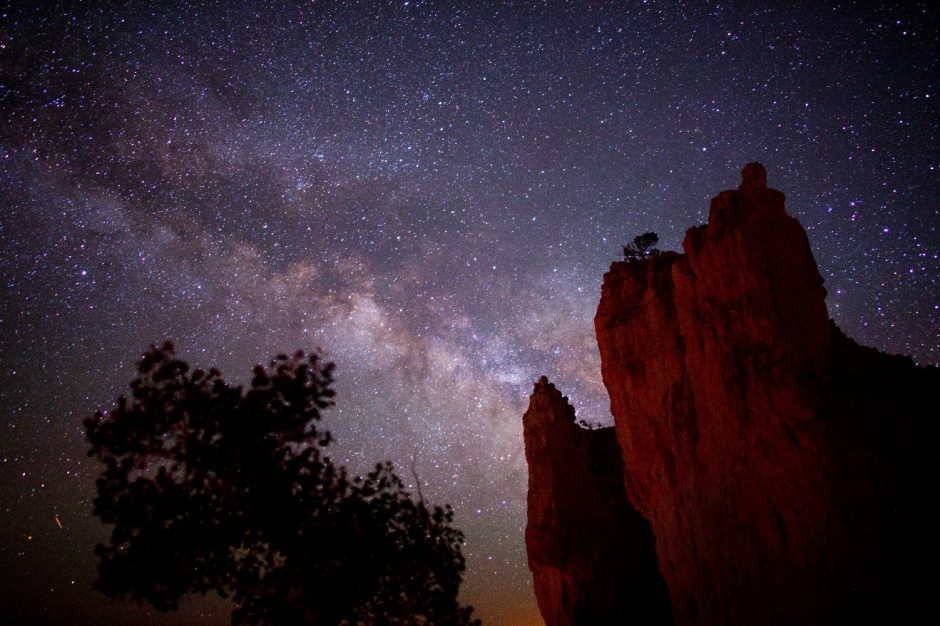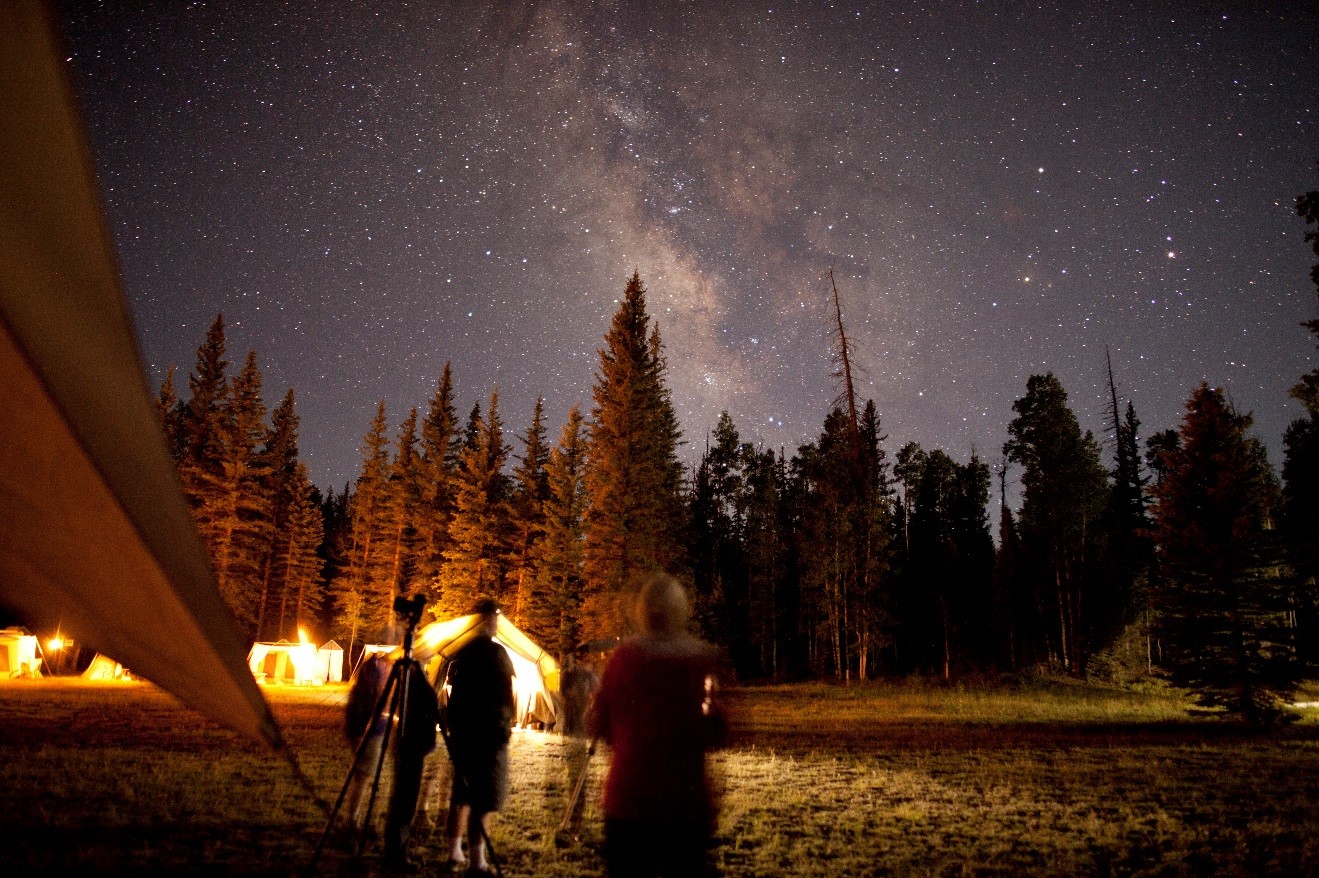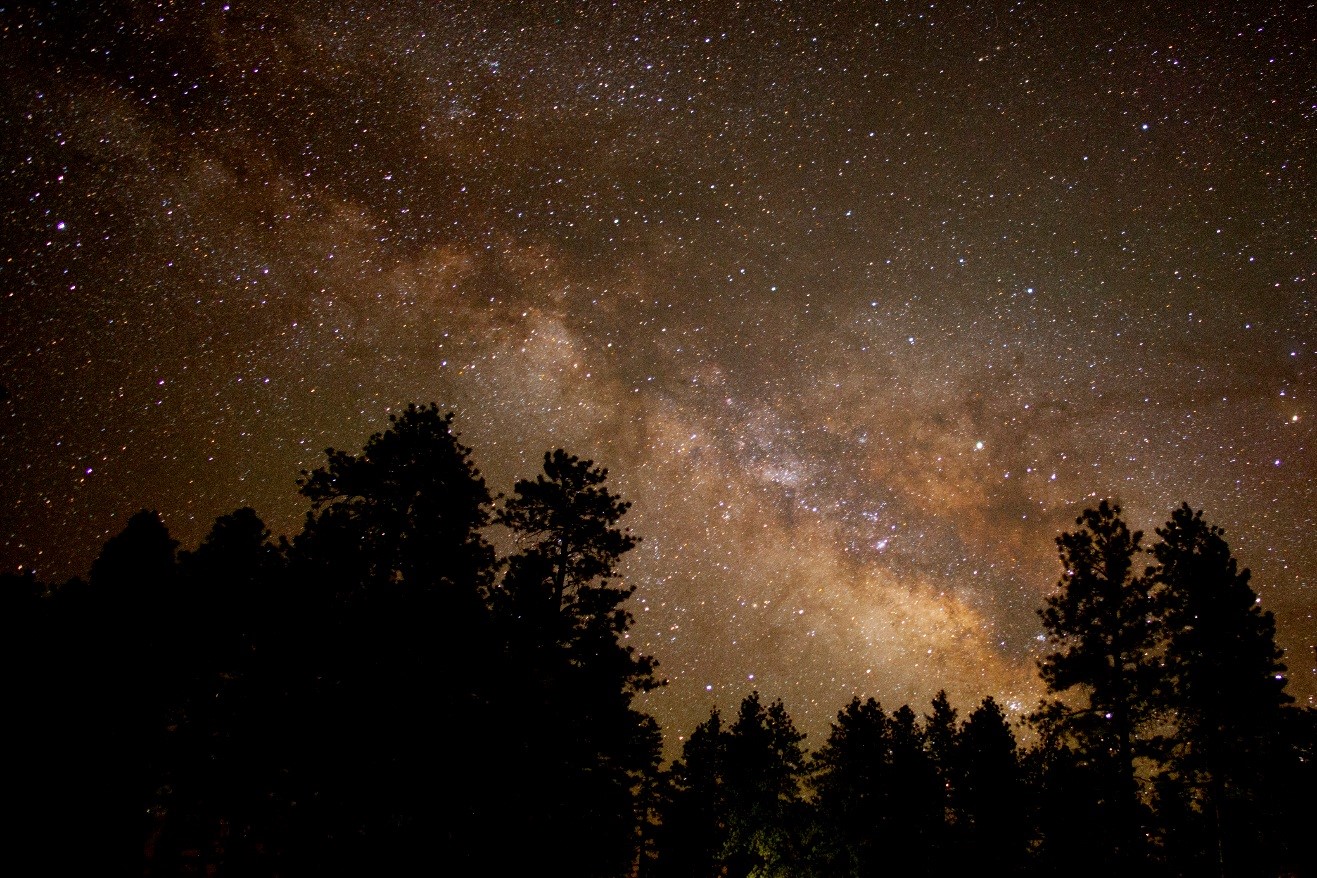
Where to go and how to set up for great star photography
For those of us that live in the U.S., we are incredibly fortunate to have some of the best places on the planet for star gazing and star photography in our “backyard” of the SW deserts and national parks of the west.
If you are interested in star photography, or even star gazing in general, read on to get some tips on when, where, and how, to get the best views.
Find dark skies
The further away from cities and bright lights you go, the better stargazing will be – simply put. However, there are other factors that come into play as well, such as humidity, elevation, and general haze. As a result, when you figure for all these variables, the deserts of the Southwest prove to be some of the darkest places on earth…perfect for stargazing and astrophotography.

If you’re looking for photo trips to join that will put you in great locations for dark skies, here are two of my favorites:
Canyons of the SW Photo Adventure
Safari America: Under the Desert Sky
If you’re planning your own trip and want to see how the sky stacks up, take a look at this light map here: http://darksitefinder.com/maps/world.html

Plan for a minimal moon
Darkness is the name of the game, and in addition to where you find great darkness, is how you find great darkness, too. Each day the moon rises and sets, just like the sun, so tracking it is important for finding optimal time for stargazing. The phase of the moon should be taken into account as well. If the moon rises at 7pm and is almost full, it’s going to be much more difficult to see and photograph the stars just after dark than if it doesn’t rise until the early morning, post-star gazing.
Here is a great website that allows you to search the moonrise time and phase for your location: https://www.timeanddate.com/moon/
Get your camera (and yourself) ready
Part of the challenge with great astrophotography is that it takes time and usually lots of trial and error. Plan on spending a couple hours out in the darkness if you really want to return home with some great shots. This means warm clothes, a headlamp (preferably with a red bulb setting to preserve night vision) and determination.
To get the most compelling shots, which usually involve some sort of color and/or the milky way in the scene, you have to let a lot of light into your camera. This usually involves specialized lenses with very wide apertures (generally between f/1.4 and f/2.8). You also must plan on shooting at relatively high ISOs, between 1000 and 2000, which means that your camera has to be capable of such or else you just won’t get enough light. DSLR and mirrorless cameras will have this ability, but always best to check on this before you plan your next dark sky adventure.
Find some foreground
When it comes to dark sky photography, the best shots always have something in the foreground (similar to landscape photography in general!). This helps give the photo context, but also helps with the focusing of your camera. If you are new to astrophotography you may be surprised when you head out for the first time how difficult it is to focus in the dark, and you really can’t focus much on the stars, either! Having some trees, a cliff, or a tree can really help. Simply shine a flashlight on the foreground, then use your camera’s autofocus, and then once focused set your lens to manual focus to lock it in. Then voila, perfect focus without having to refocus each time you shoot!

Set it and repeat
While night photography can be challenging, finding the right camera settings is the easy part. There’s actually not much variability in what camera settings will work. Because of the earth’s rotation, you need to shoot no slower than a 25 or 30 second shutter speed, or else you’ll start to get star trails (ie, blurry stars). Thus, you need to be on the absolute widest aperture possible (f/2.8 or f/1.4 if possible), a 25” exposure, and ISO 1000. The only thing you’ll really adjust here is the ISO…if you need more light, bump it up to ISO 2000. My go-to setting? 25 second exposure, f/1.4, ISO1600. Done deal almost every time.
Because you won’t be fussing much with your settings, you can spend your time looking for different scenes. Try different foregrounds, different fields of view, and different perspectives. Oftentimes, if you are only making small adjustments, you won’t need to refocus every time.

Star photography can be incredibly rewarding, as so few people are able to capture the splendor of the universe in such a way. Hopefully with these tips you’ll be able to expand your photographic prowess and get some truly unique photos of our world (and other worlds, too!).
Go forward and give it a shot!
Court
Leave a reply